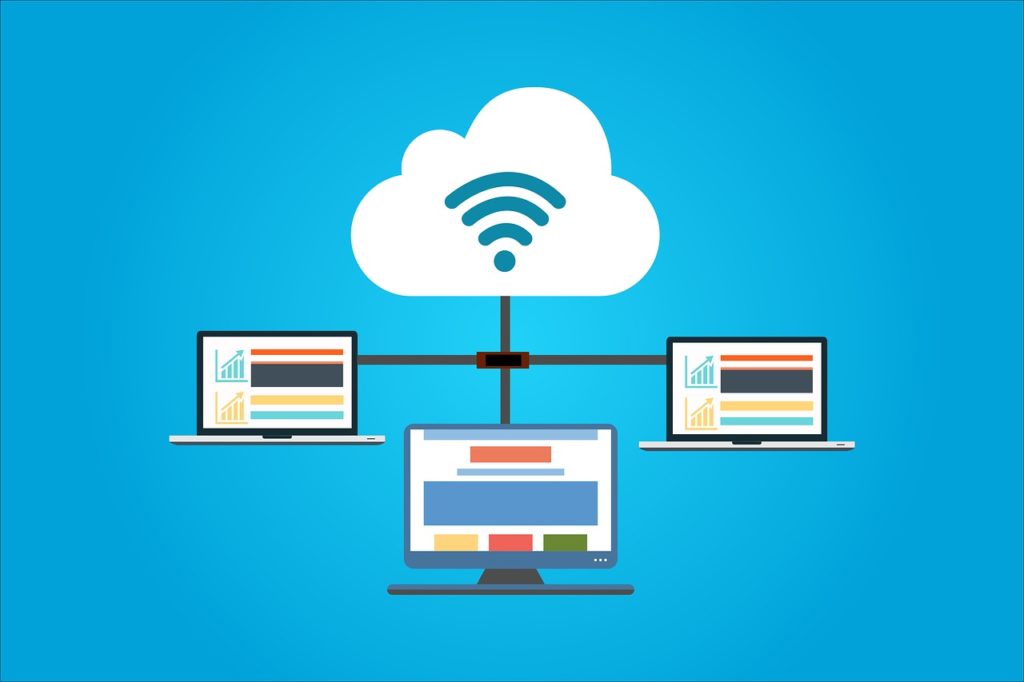So The Day Has Come To Replace The Computer System!

Why replace? Reasons include frustration with the current software vendor, the system is not functioning as desired, technology advances, new integration requirements, changing business rules, new regulations, and the vendor is overcharging or discontinuing support.
What to do? Well, you can wait till the last minute, get a bunch of demonstrations, and pick the vendor that looks the best. You just have to ask yourself if you feel lucky?
Unfortunately, studies find that 10% of new systems fail, with another 40% being mediocre in functionality (not meeting the needs of the users, customers, auditors, and/or regulatory agencies).
Failed and mediocre systems can result from thousands – to millions – to tens of millions of dollars in damages, wreak havoc with your operations and customers, cost the jobs of those responsible for planning, and be downright embarrassing.
Why do systems fail? Lack of strong written requirements (how the system actually needs to function for your organization to work well) documented before the vendor purchase and again at a more detailed level before implementation, unrealistic user expectations, improper budget, unreasonable implementation timelines, inadequate testing, and lack of vendor implementation oversight (holding vendors accountable).
Many vendors are happy provide a broucher, generic software demonstration, and will claim they know everything about your industry. Then when hired they will configure the system the way they feel is correct, be surprised that you are asking them to set it up a way that works for you, and charge for customization. This results in change orders, additional costs, timeline issues, and unhappy users.
So what is an approach that works?
First, hire an independent consultant who can work objectively with your teams to examine the current computer system, define current and future organizational needs, develop requirements to hold vendors accountable, identify cost/benefit, and help assess vendor abilities to meet requirements.
It simply is not possible for the software vendor to be objective after all they are selling their product. If you wait for the requirements to be defined after the software purchase, what happends if the software does not meet your needs? Change orders additional costs, timeline issues, and unhappy users.
Second, establish a realistic picture of the work, resources, budget, cost/benefit, and timeline required to replace your current complex computer system and migrate data from the existing system.
This is where many organizations fall short, as they wait until the last minute to replace a legacy system and have unrealistic expectations.
Third, include executives, managers, staff, legal and records departments, information technology, and customers in the discussion.
This is key, every minute spend planning and defining/setting user expectations can save weeks or months of complaints and change orders.
Fourth, define guiding principles (what are the current and future business rules that the new system needs to support).
The older system you are replacing was “developed to support rules from years ago”, many of which are not valid today. Don’t spend money making the new system function as the old system, if the old system will not work in today’s world.
Fifth, identify replacement options, including extending the life of the existing system, porting, assessing off-the-shelf pre-developed (COTS) packages, and if required custom build solutions.
It is important to identify all options and conduct cost/benefit before purchase or starting internal development.
To learn more about computer system replacement planning and how CRE8 Independent Consultants can help you. Contact us for a free consultation. It is important to note that as Independent Consultants we do not represent any vendor solutions but work directly for our end-user client. This allows CRE8 to provide an objective voice in the development of requirements and assessment of vendor options. We have over twenty-five years of experience assisting clients with computer system planning.